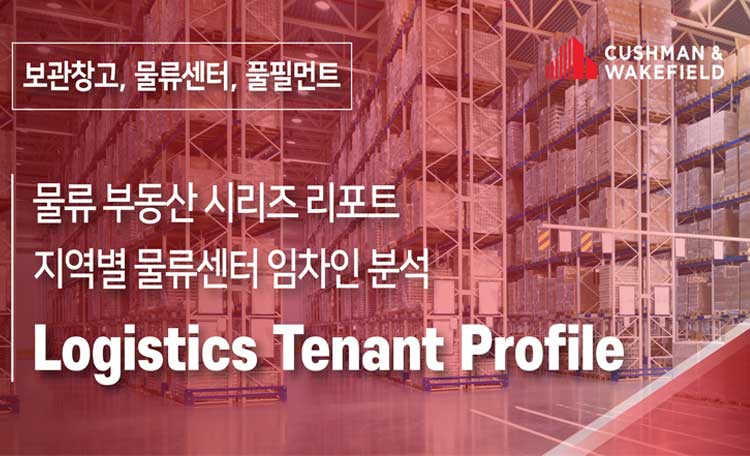Yongin is a traditional logistics cluster with an excellent transportation network, and the logistics area is gradually expanding to the, A(Giheung, Suji), B(Yangji, Baekam, Wonsam), and C(Namsa), along the wide-area transportation network. In the past, food distribution logistics centers in the metropolitan area were built around Area A, where the Gyeongbu Line passes through, and later, a distribution logistics cluster was formed around Area B, which has easy access to the Yeongdong and Jungbu lines. With the rapid growth of the e-commerce market since '20, Area C is attracting attention as a new base for fulfillment logistics services.
24 logistics centers with 628k py have obtained building permits, but only 3 of them have started construction, and the supply is expected to decrease significantly compared to the plan. Since May '22, the permit requirements for warehousing facilities in Yongin have been strengthened to improve citizens' residential environment, and the supply of additional logistics centers is expected to be severely limited in the future.
3PL companies occupy the largest area (about 40%), followed by E-commerce, F&B. The geographical advantage of being crossed by three wide-area transportation networks has created a logistics cluster with many 3PL companies such as CJ Logistics and Maersk Contract Logistics Korea, and with the growth of the e-commerce, e-commerce fulfillment bases such as Coupang, Fassto have been operated near the existing centers. In addition, F&B logistics bases for food distribution to the metropolitan area such as Jinsung B.F and Hermes Logix are located.
As the online distribution market grows, e-commerce fulfillment centers have been driving the demand for logistics centers in recent years. Fulfillment centers, which pick, pack, sort, and ship low-volume, multi-item orders, require more staff than offline distribution centers. Yongin has a potential logistics workforce of 3,300 per center, which is 8 times more than Icheon and 5 times more than Anseong, making it a region with a stable workforce.
When dividing the Gyeonggi southeastern region into 6 zones based on wide-area roads, residential areas are concentrated in zones 2, 3, and 4 (Suwon, Seongnam, etc.) and logistics centers are clustered in zones 4, 5, and 6(Yangji, Icheon, etc.), indicating an imbalance. The analysis of rent by distance to residences shows that the further away from residential areas, the lower the rent. This suggests that logistics companies prefer logistics centers near residential areas to ensure a stable workforce, even if they pay more rent.



